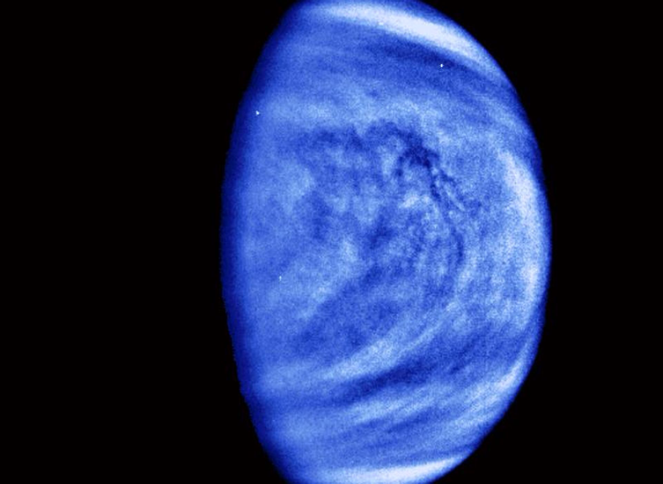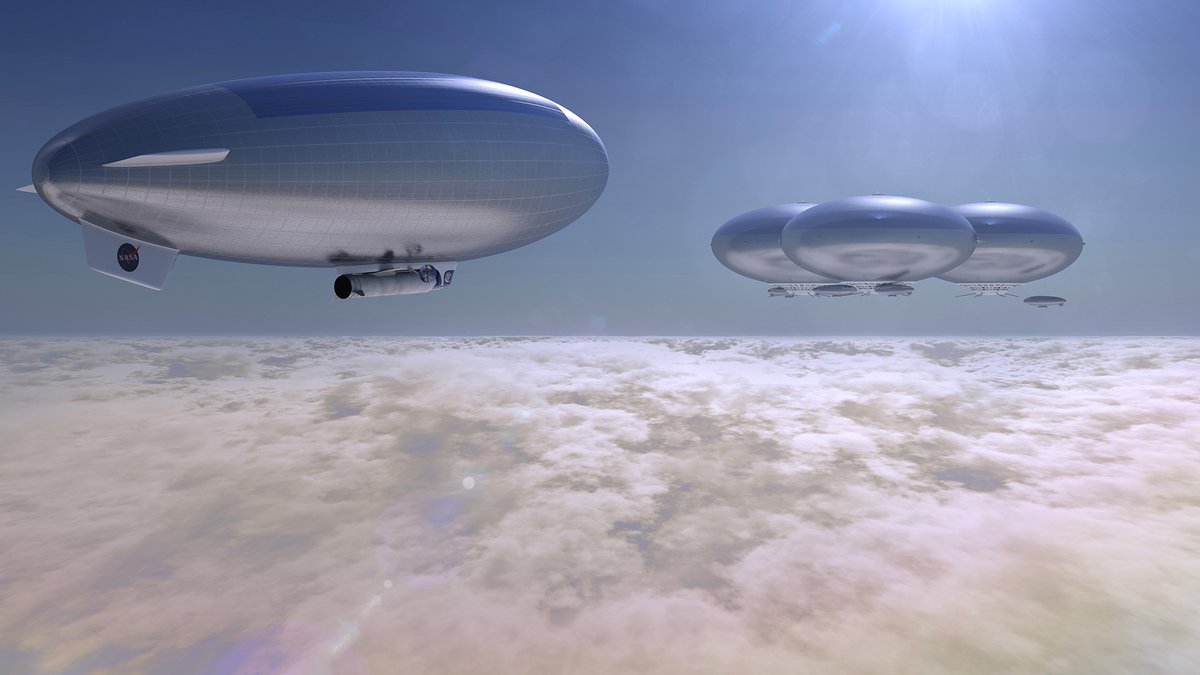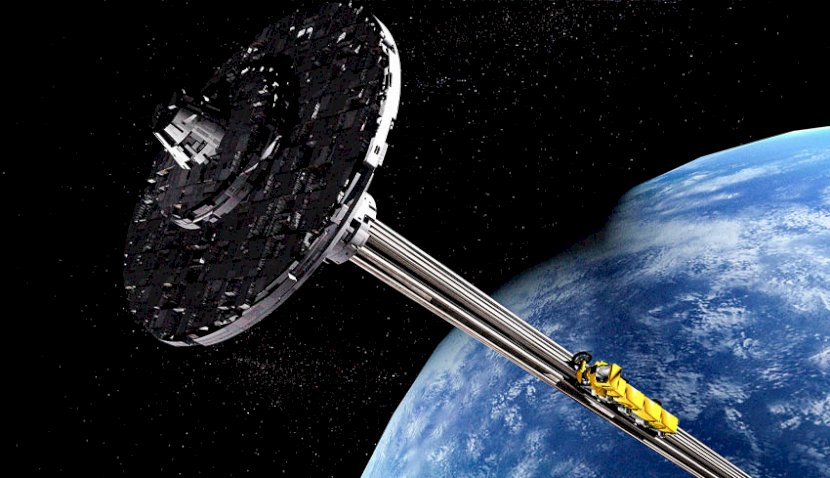So it’s time to talk about living on the planet Venus, but in the most unconventional way: cloud cities in its upper atmosphere. I& #39;m going to talk about Venus as a planet, why we would even want to live in cloud cities, and how they would possibly work. #scicomm (1/18)
Before I start, if you want to read an extended version of this where I also slightly mention how we would go about terraforming Venus, check out this blog post I wrote: http://www.joalda.space/post/human-settlements-on-venus">https://www.joalda.space/post/huma... (2/18)
So the planet Venus is what some people would call the physical embodiment of Hell. It’s currently dealing with what we call a runaway greenhouse effect. The majority CO2 atmosphere has gotten so thick that it traps any heat radiating from the surface and this leads to... (3/18)
...the surface getting continually hot, temperatures being around 700 degrees Fahrenheit. The surface of Venus is covered with countless amounts of volcanic plains, with some volcanoes believed to be active even today. The upper atmosphere of Venus consists of... (4/18)
...clouds of sulfuric acid with a layer of toxic chlorine right underneath, much different from the clouds of water vapor here on Earth. The planet Venus is definitely not as welcoming as some of the other ones, but despite this, people still want to settle on it! (5/18)
Of course, the first thought is to consider terraforming Venus, but some scientists have some even better ideas on how humans could permanently settle there, and this is through living in the sulfuric clouds of the upper atmosphere. It actually isn& #39;t as crazy as it sounds. (6/18)
The upper Venusian atmosphere consists of necessary volatiles that humans would need to live and produce food, such as carbon, oxygen, nitrogen, and more. People would be protected from the harmful ultraviolet rays that come from the sun due to the... (7/18)
...high albedo (measure of reflectivity) of the clouds, so the radiation would just be reflected away. Another reason some scientists are pushing for cloud cities is because it would allow them to see whether theorized extremophile microorganisms actually exist. (8/18)
If you look at any ultraviolet photo of Mars, you& #39;ll notice that there are dark patches, and extremophile microorganisms that feed on ultraviolet energy would explain these. Astronomer Carl Sagan wrote and published this hypothesis in a 1967 article. (9/18)
A cloud settlement is a much better idea than an orbiting space station, mainly because you can do science in real-time, and in a space station you won& #39;t get the same perks as living in the safety of the Venusian atmosphere. But, how exactly would we live there? (10/18)
In the late 20th century, Soviet scientists proposed that we use these things called aerostats to live within the atmosphere, aircraft that are lighter than air. Breathable air, a mixture of oxygen and nitrogen, is lighter than CO2, so the aerostats would easily float. (11/18)
The aerostats would exist between 50 and 60 km above the surface, and this is because at this height there exist favorable conditions regarding temperature, so human settlements wouldn& #39;t have to worry about literally burning up from the very hot surface temperatures. (12/18)
Aerospace Engineer Geoffrey Landis of @NASAGlenn is someone who has put a lot of research into this topic and published a paper, "Colonization of Mars" back in 2003. He stated that “At cloud-top level, Venus is the paradise planet”. Some interesting points that he... (13/18)
...brought up is that technology to prevent acid corrosion caused by the sulfuric acid clouds is already well developed and that the orbit of Venus puts it closer to the asteroid belt than both Earth and Mars, meaning we can asteroid mine for necessary resources. (14/18)
So these cloud cities sound cool and all, but a concern I developed while doing this research is the possibility of lightning on Venus. A series of Soviet space probes first detected these energy bursts, though it is yet confirmed whether lightning actually exists. (15/18)
How exactly would the lightning affect these human cloud settlements? Would the settlements be high enough to not have to worry about being struck by lightning, or is it a worry to seriously consider? (If anyone knows more about this, please let me know!!) (16/18)
NASA themselves have actually done research on this, and the project is called the High Altitude Venus Operational Concept (HAVOC). They have a multi-phase mission concept that explains how they would accomplish what I have previously talked about. https://sacd.larc.nasa.gov/smab/havoc/ ">https://sacd.larc.nasa.gov/smab/havo... (17/18)

 Read on Twitter
Read on Twitter










